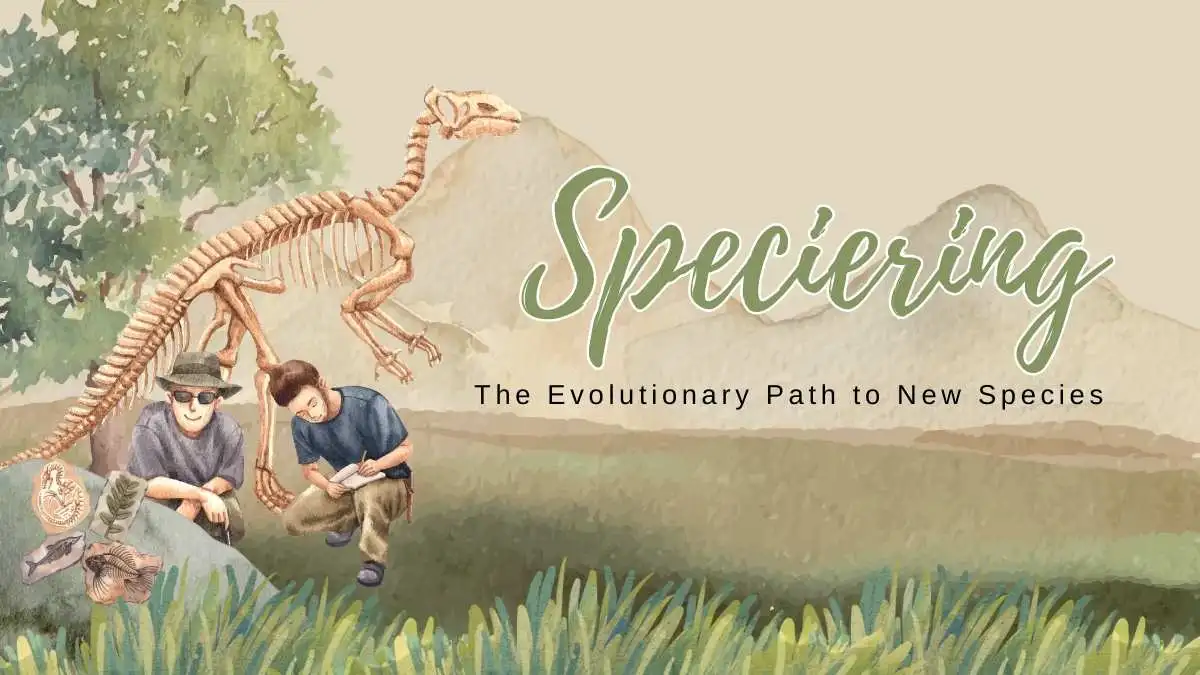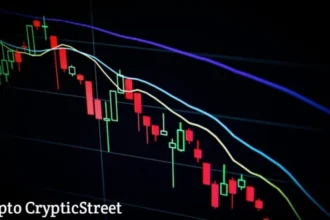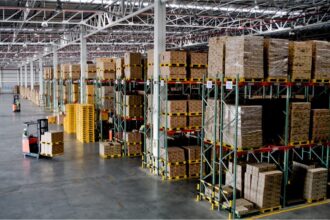Introduction to Speciering
Imagine a world teeming with diverse forms of life, where each species has its own unique traits and adaptations. This vibrant tapestry is not static; it is constantly evolving through a fascinating process known as speciering. But what exactly does this term mean? How do new species emerge from their ancestral lines? And what influences this remarkable journey of transformation?
In the vast realm of biology, speciering represents one of nature’s most captivating phenomena. It’s the engine behind biodiversity, driving evolution forward in ways that intrigue scientists and nature enthusiasts alike. Join us on an exploration into the depths of speciering—its definition, processes, examples across environments, and even how human actions shape this evolutionary path. Get ready to dive deep into the wonders of life’s ongoing story!
The Definition and Process of Speciering
Speciering is the evolutionary process through which new species arise. It occurs when populations of a single species become isolated, leading to genetic divergence over time.
This isolation can be geographical, such as mountains or rivers separating groups. Alternatively, it can be behavioral or ecological, where differences in mating rituals or habitat preferences emerge.
As these populations adapt to their unique environments, they accumulate changes in their DNA. Eventually, these genetic variations become significant enough that interbreeding between the two groups becomes impossible.
The result? A brand-new species with distinct characteristics and adaptations suited to its environment. Speciering highlights nature’s incredible ability to diversify life on our planet while showcasing how organisms evolve in response to changing conditions.
The Role of Natural Selection in Speciering
Natural selection is a driving force behind speciering. It shapes the traits that become favorable in different environments. This process occurs over generations, slowly molding species to adapt to their surroundings.
When populations are isolated—whether by geography or behavior—they face distinct challenges and opportunities. These differences create pressure for certain traits to thrive while others fade away.
Consider Darwin’s finches on the Galapagos Islands. Each bird evolved unique beak shapes suited for various food sources available in their specific habitats. Their divergence illustrates how natural selection fosters diversity within a single lineage.
Moreover, as environmental conditions change, the dynamics of natural selection can shift dramatically. Species must either adapt or face extinction, making this evolutionary mechanism essential for survival and innovation among living organisms.
Examples of Speciering in Different Environments
Speciering can occur in a variety of environments, leading to fascinating examples across the globe. In isolated volcanic islands like the Galápagos, finches have adapted uniquely to their surroundings. Different beak shapes and sizes emerged based on available food sources.
In aquatic ecosystems, cichlid fish in African lakes showcase remarkable diversity. These brightly colored fish evolved distinct traits to exploit various niches within the same body of water.
On land, consider Darwin’s tree squirrels in North America. Living at different elevations leads them to develop unique adaptations for survival, influenced by climate variations and food availability.
Even urban settings experience speciering! Some bird species adapt behaviors or physical traits suited for city life compared to their rural counterparts.
Each example reveals that speciering is not confined to remote areas but happens everywhere life thrives. Creatures evolve continually as they respond dynamically to changing environments around them.
The Impact of Human Activities on Speciering
Human activities have dramatically reshaped the natural world, influencing speciering in profound ways. Urbanization, agriculture, and deforestation disrupt habitats. This fragmentation can isolate populations, pushing them toward divergent evolutionary paths.
Pollution also plays a significant role. Chemicals released into ecosystems create environments where only certain species thrive. These changes can lead to new adaptations as organisms struggle to survive.
Climate change presents another challenge. Rising temperatures and shifting weather patterns force species to migrate or adapt rapidly. Such pressures can accelerate speciering as groups evolve in response to their new realities.
Conversely, human-induced extinctions reduce biodiversity overall, limiting the potential for new species formation. The intricate dance of evolution is increasingly threatened by our actions.
The Future of Species and the Role of Speciering
The future of species hinges on the dynamic process of speciering. As environments shift and adapt, new traits emerge, fostering diversity among populations. This evolution can lead to entirely new species, each uniquely equipped to thrive in changing conditions.
Climate change is a major driver that influences this process. Altered habitats create opportunities for isolation and specialization. Species may diverge rapidly as they respond to distinct ecological pressures.
Human activity also plays a crucial role in shaping the trajectory of speciering. Urbanization, deforestation, and pollution disrupt natural processes but can also catalyze novel adaptations. Some organisms surprise us by thriving in these altered landscapes.
As we explore conservation efforts, understanding how speciering works becomes vital. It offers insights into resilience and survival strategies amidst environmental challenges faced today and tomorrow.
Conclusion: Embracing the Evolutionary Potential of Speciering
The concept of speciering reveals the remarkable dynamics of evolution. As species adapt and transform through natural selection, they unlock new potentials for survival and diversity in an ever-changing world. The ongoing process of speciering showcases nature’s resilience and ingenuity.
As we observe examples across various environments, from isolated islands to bustling urban areas, it becomes clear that life is constantly finding ways to thrive. Yet, human activities play a significant role in shaping this evolutionary journey. Our impact on ecosystems can hinder or accelerate speciering processes.
Looking ahead, it’s essential to recognize our responsibility toward preserving biodiversity. Understanding how speciering operates can inform conservation efforts and promote coexistence with other species. By embracing the potential of speciering, we foster a deeper connection with nature’s intricate web of life.
This evolutionary path isn’t merely about change; it’s about future possibilities that lie within each organism on Earth. Every moment presents an opportunity for new beginnings in the realm of species formation—a reminder that life is both fragile and resilient at once.

















